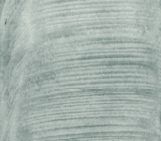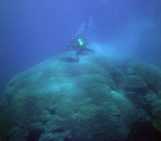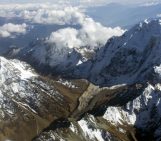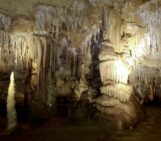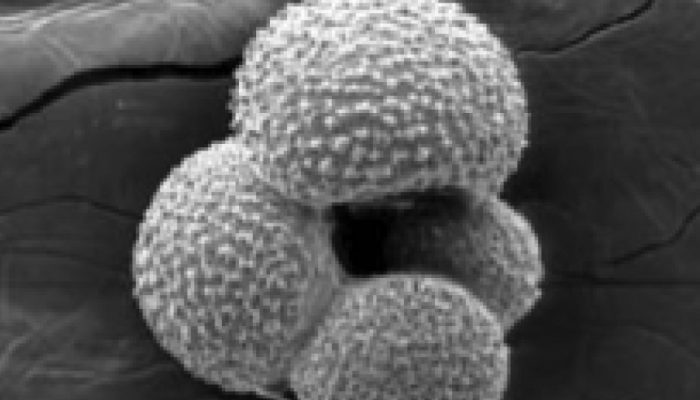
Name of proxy
Mg/Ca-SST on planktonic foraminifera shell
Type of record
Sea Surface Temperature (SST)
Paleoenvironment
Marine environments
Period of time investigated
55 Million years ago to recent times
How does it work ?
Foraminifera (or Forams) are single-celled organisms varying from less than 1 mm to several cm in size. They are very abundant in the ocean floor (benthic species) or floating amongst the marine plankton (planktonic species) where they produce their shells mostly using calcite (CaCO3). The oldest fossils of benthic foraminifera date back to the Cambrian period (older than 485 million year ago (Ma)) (Armstrong and Brasier, 2005). Planktonic species are younger than the benthic group. For instance, the species Globigerina bulloides (Figure 1) range from Middle Jurassic (180 Ma) to recent times (Sen Gupta, 1999).
A large spectrum of information can be provided by the analysis of foraminifera shells, based on the chemical composition and morphology of their shells as well as the species abundance patterns. One type of proxy is the ratio between the abundance of magnesium (Mg) and calcium (Ca) (Mg/Ca ratio) present in the calcite shell. During the formation of the shell, Mg is incorporated and may weaken the shells. In some cases, it seems that foraminifera expend energy to control the incorporation of Mg (Toler et al., 2001). The substitution of Mg into calcite depends on the temperature of the seawater, so that the amount of Mg in the shell exponentially increases from cold to warm water (Lea, 1999). This means that the Mg/Ca ratio of the shells is expected to rise with increasing temperature (Rosenthal, 2007). Measuring the Mg/Ca ratio of foraminifera shells therefore allows reconstructing the sea surface temperature (SST) of the past.
What are the key findings that have been done using Mg/Ca-SST?
Past SST determination is essential for understanding past changes in climate. An advantage of the Mg/Ca ratio measured on the shells of planktonic foraminifera is that the same sample can be used for different types of analyses in order to obtain a large set of information on the past sea conditions (Elderfield and Ganssen, 2000; Barker et al., 2005). Another advantage of this Mg/Ca proxy is the possibility to reconstruct changes of temperature within the water column using multiple species living at different depths and/or coming from different seasonal habitats (Barker et al., 2005). This can give us, for example, valuable information for describing seasons in the past.
Planktonic foraminifera can survive in a wide range of environments, from polar to tropical areas, thus the analysis of their shells allows reconstructing the ocean conditions all around the world. Moreover, foraminifera are very sensitive to temperature and environmental changes therefore it is possible to reconstruct climate changes of various amplitudes and timescales, e.g. the Paleocene-Eocene Thermal Maximum (55 Ma) or the more recent climate oscillations (Zachos et al., 2003; Cisneros et al., 2016). For instance, Figure 2 shows that Mg/Ca ratio allows reconstructing the ~2ºC warming observed from the Roman Period onset to higher frequency thermal variability like those observed in the Little Ice Age (LIA).
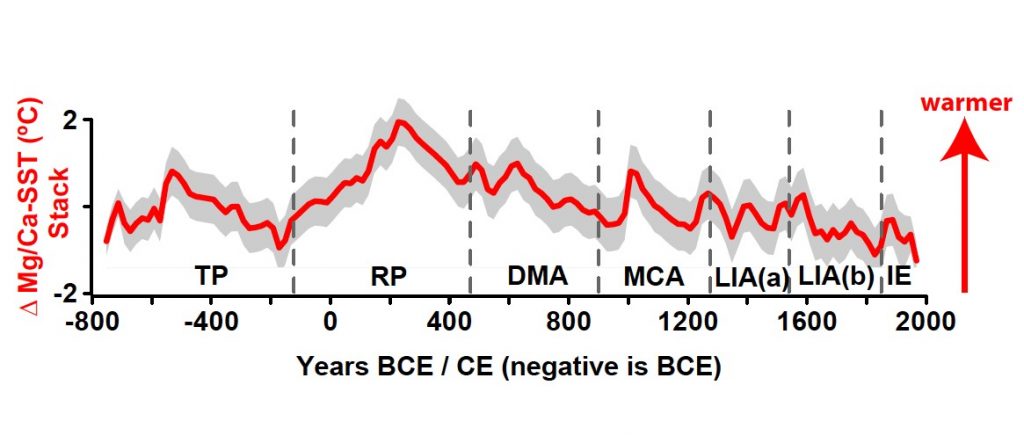
Figure 2: Sea Surface Temperature (SST) record stack for the last 2700 years reconstructed by means of Mg/Ca analysed on the shell of the planktonic foraminifera Globigerina bulloides in the central-western Mediterranean Sea. The different historical/climate periods are indicated: TP=Talaiotic Period, RP=Roman Period, DMA=Dark Middle Ages, MCA=Medieval Climate Anomaly, LIA=Little Ice Age, IE=Industrial Era. Years are expressed as Before Common Era (BCE) and Common Era (CE). The grey shaded area integrates uncertainties of average values and represents 1 sigma of the absolute values. This uncertainty includes analytical precision and reproducibility and the uncertainties derived from the G. bulloides core-top calibration developed in the original reference. (Modified from Cisneros et al., 2016).
This article has been edited by Célia Sapart and Carole Nehme
References
-
Armstrong, H. and Brasier, M., Foraminifera. In: Microfossils, Blackwell Publishing, pp. 142-187.
-
Barker, S., Cacho, I., Benway, H. and Tachikawa, K., 2005. Planktonic foraminiferal Mg/Ca as a proxy for past oceanic temperatures: A methodological overview and data compilation for the Last Glacial Maximum, Quat. Sci. Rev., 24, 821–
-
Cisneros, M., Cacho, I., Frigola, J., Canals, M., Masqué, P., Martrat, B., Casado, M., Grimalt, J. O., Pena, L. D., Margaritelli, G., and Lirer, F., 2016. Sea surface temperature variability in the central-western Mediterranean Sea during the last 2700 years: a multi-proxy and multi-record approach. Climate of the Past, 12, 849-869. https://www.clim-past.net/12/849/2016/
-
Elderfield, H. and Ganssen, G., 2000. Past temperature and δ18O of surface ocean waters inferred from foraminiferal Mg / Ca ratios, Nature, 405, 442–
-
Lea, D.W., 1999. Trace elements in foraminiferal calcite. In: Sen Gupta, B.K., (), Modern Foraminifera, Great Britain, Kluwer Academic Publishers, pp. 259-277.
-
Rosenthal, Y., 2007. Elemental proxies for reconstructing Cenozoic seawater paleotemperatures from calcareous fossils. In: Hillaire-Marcel, C. and de Vernal, A. (), Developments in Marine Gelology, Elsevier, pp. 765-797.
-
Sen Gupta, B.K., 1999. Introduction to modern Foraminifera. In: Sen Gupta, B.K., (), Modern Foraminifera, Great Britain, Kluwer Academic Publishers, pp. 3-6.
-
Toler, S.K., Hallock, P., and Schijf, J., 2001. Mg/Ca ratios in stressed foraminifera, Amphistergina gibbosa, from the Florida Keys, Marine Micropalentology, 43, 199-206.
-
Zachos, J. C., Wara, M. W., Bohaty, S., Delaney, M. L., Petrizzo, M. R., Brill, A., Bralower, T. J., and Premoli-Silva, I., 2003. A transient rise in tropical sea surface temperature during the Paleocene–Eocene thermal maximum, Science, 302, 1551–1554.

